
Today's up-and-coming class of new facilities managers must combine practical knowledge of established methods of maintenance with increased technological options, leadership skills and a customer-focused mindset. It's a challenging balance, and one that current professionals say takes time and focus to achieve.
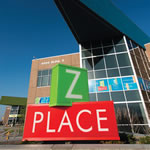
Innovative E-12 campus targets early childhood development.

Expert advice on sorting through flooring options for food preparation and service areas.
UNH futures flow with porous approaches to pavements.
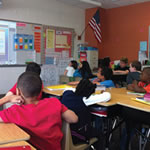
Interactive projectors, monitors and whiteboards provide new teaching and learning tools.

Improving outcomes and changing destinies.
Advancement success depends on being an effective CEO.
Certain colleges and universities across the country are making plans in 2014 to expand their campus footprint and acquire more real estate. The question is, how do they carefully manage the potential challenges and risks, and implement a successful and efficient plan?

Developing, practicing and planning protocols used to prepare and respond to natural disasters.
Use money wisely to prevent school violence.
Unless your district is a one-room schoolhouse, every capital improvement brings a corresponding disparity.

Bring facility departments to the next level with solid training and preparation of supervisory personnel.
Avoid maintenance nightmares by claiming a spot at the design table.
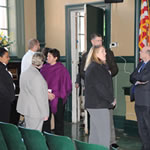
Is your child's school stuck on a pest control treadmill?
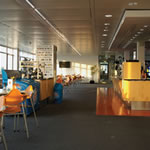
Experts share their preferences and decision-making processes for choosing the right flooring.
Can it improve student learning or teacher quality?
The federal government requires any item purchased with grant money to be tracked, maintained and disposed of appropriately. An asset management solution gives schools the necessary tool for recording each step of the tracking process and ensures detailed documentation for compliance auditing.
Battery-operated devices have different specifications.
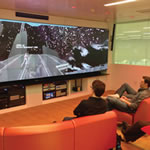
The digital delivery of information across campus is facilitated by the proliferation of innovative video screens.